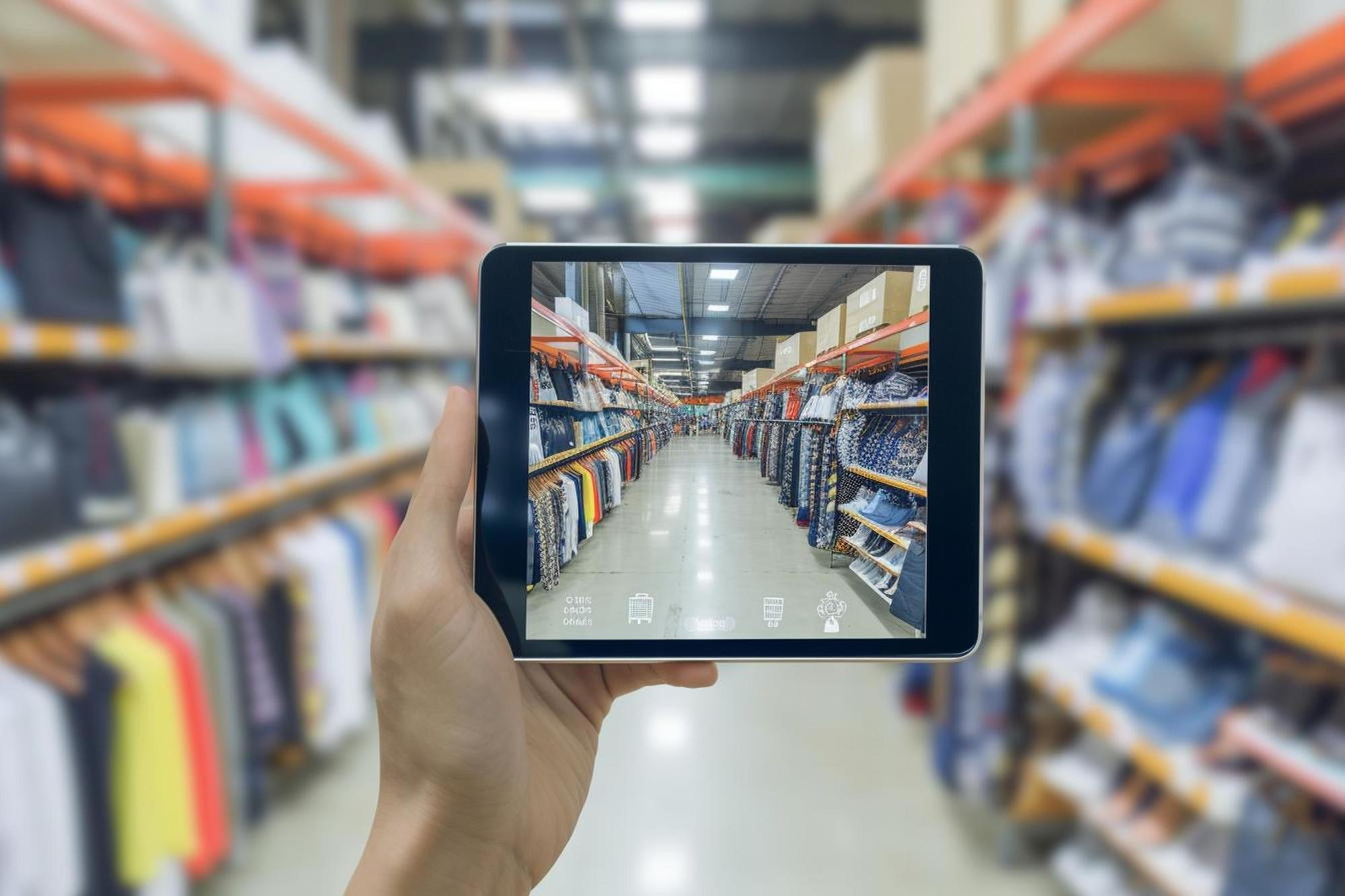Maximizing Efficiency with RFID: A Step-by-Step Guide to Success
Few situations undermine revenue as significantly as poor on-shelf availability. After all, customers cannot purchase items that aren’t there! This issue doesn’t just affect immediate sales; between 21% to 43% of customers will visit another store if they encounter a stockout at their preferred retailer, a scenario every business aims to avoid.
Discover how one leading retailer dramatically improved their inventory accuracy from 60% to 95% by deploying RFID technology across 243 stores within an eight-week period. Learn why RFID was crucial in their quest to enhance on-shelf availability, significantly uplift customer experience, and gain insights from their top four rollout strategies.
Understanding the ‘On-Shelf Availability Issue’
Poor on-shelf availability arises when supply chain or inventory challenges hinder a retailer’s ability to restock products swiftly enough to meet customer demand. This not only limits earning potential but can also damage your brand and negatively impact customer service. Fortunately, RFID (radio-frequency identification) offers a solution to maximise what you have.
One of the pioneering retailers in Australia to adopt RFID on a grand scale decided in 2020 to fully embrace the technology. For them, RFID represented a practical method to enhance on-shelf availability, aligning with their commitment to enriching customers’ daily lives.
Their main objective was to refine the shopping experience while simplifying store operations. However, their existing inventory management system fell short of supporting their goals or ambitions.
Prior to adopting RFID, the retailer depended on annual stocktakes to gauge inventory levels, achieving only 60% accuracy. This was far from sufficient for meeting customer needs effectively. Thus, they turned to RFID as the solution.
Why RFID?
RFID is a wireless technology capable of reading items without direct line of sight. Each product is tagged with a unique RFID inlay, featuring a chip for storing information and an antenna for transmitting data to a reader. This technology offers complete inventory visibility and detailed item-level information.
RFID facilitates real-time inventory tracking, enhancing customer experience with reliable stock integrity and clear visibility of product availability. It also enables the overhaul of replenishment systems, both upstream and in-store, and improves the efficiency of in-store fulfilment and online orders. This was precisely what the retailer aimed for their apparel section, prompting a collaborative effort to realise their vision.
Here are four critical lessons learned from their ambitious and rapid project, providing valuable insights for any business considering embarking on their own RFID journey.

RFID Deployment: Essential Tips for a Smooth Rollout
- Choose a Unified RFID Labeling Partner Opting for a single, global partner for RFID labelling can significantly simplify the process. This approach not only streamlines operations but also enhances control over the RFID supply chain and tagging, offering insights previously unattainable. A unified vendor model facilitates clearer communication and project explanation to local suppliers, ensuring a more straightforward process.
- Adopt a Gradual Rollout Approach Embarking on an RFID journey is more of a gradual process than a sprint. Experience shows that the most successful implementations are those carried out in stages, allowing for the integration of new insights as the project progresses.”Be prepared for daily learning and unexpected developments, many of which can be surprisingly beneficial,” they advise.
- Simplicity is Key Aiming for simplicity in the RFID solution, especially regarding vendor interactions and in-store processes, is crucial. Efforts were made to determine the most straightforward yet effective placement for RFID inlays, ensuring ease of understanding for in-store staff without complicating manufacturing processes.
- Strategize on Data Utilization RFID technology generates vast amounts of valuable data. The challenge lies in effectively harnessing this data for business benefit. There was a keen interest in developing a comprehensive strategy for understanding, managing, and utilizing the collected data.
